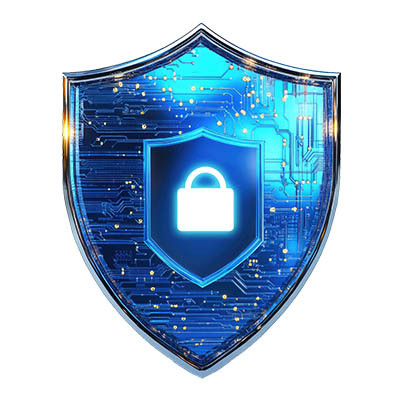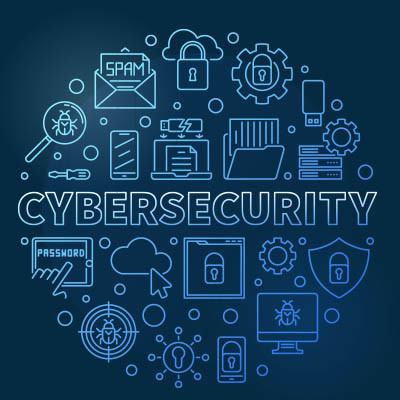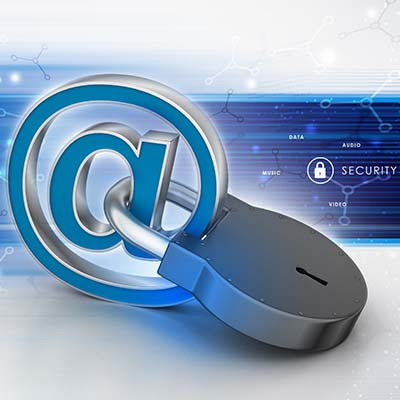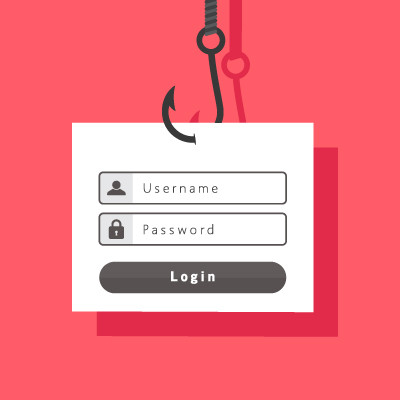Did you know that phishing is, by far, the most common security risk to your business? Just think, any of your employees could become the target of a phishing attack, and all it would take is downloading the wrong file or clicking on the wrong link to expose your organization to security threats. Today, we want to offer a refresher on the throwaway signs of a phishing attack and how to protect yourself and your team from harm.
Argentum IT LLC Blog
Passwords are the most important security tool used to secure digital assets. They are critical for small businesses, as weak or mishandled credentials can lead to serious security problems. Everyone must understand and follow the best practices for creating and managing passwords. This month, we will go through a few of them.
Since so much of the world is now online, businesses and organizations interact with people online now more than ever. This means they also collect people’s information, a practice they do for various reasons. Individuals need to consider their own data privacy and how it might be affected by business practices.
Passwords protect nearly all of your accounts; or at least you hope that they do. Unfortunately, making a super-secure password that’s easy to remember can be harder than people expect. Oftentimes, it feels like you are constantly solving a puzzle. So then, how do you create passwords that keep hackers out without driving yourself crazy? In this month’s newsletter, we discuss this very problem.
How seriously does your business take data privacy? Can you back up your answer with concrete examples of what you do to prioritize that notion? Today, we face a serious threat to both individual and consumer data privacy, so we want to take the time to cover how you can make data privacy a priority in your own life.
Cybersecurity is intensely important, so a business owner would think implementing every security feature and defense would be a good idea. However, as research has shown, this can be counterproductive, as only 67% of surveyed security leaders know what led to cybersecurity incidents in their businesses over the past year.
The Disney brand has long cultivated an image of magic and wonder. However, this image has yet to materialize any magical effects in reality. For example, people still suffer from food allergies while visiting Disney’s various parks.
This makes it especially dangerous that a former Disney employee was allegedly still able to access a specialized menu-planning app and make alterations, like changing prices, adding language that Disney certainly would not approve of, switching text to the unintelligible “Wingdings” font, and worst of all… changing menu information.
The threat landscape is littered with organizations that have failed to adjust their security strategy to the most prevalent and modern threats. If you want to ensure you have the best chance at keeping your network and data secure, you need to build a strategy that actively addresses the threats that are actively trying to undermine your business’ security efforts. In today’s blog, we’ll discuss how to adjust to modern threats competently.
In June of this year, publisher Chicken Soup for the Soul Entertainment, best known for its book series of the same name, filed for Chapter 7 and Chapter 11 bankruptcy and had many of its assets liquidated. One of these assets was the movie rental service Redbox and its eponymous scarlet rental kiosks, rendering the service defunct.
However, many kiosks remain standing outside businesses even now, which makes us wonder… what about all the data they collected while they were in use?
A well-structured framework is essential for establishing effective, consistent policies and strategies. This applies to many areas—including network security. Today, we’re diving into the National Institute of Standards and Technology (NIST) cybersecurity framework, which outlines steps to help safeguard your business.
Let’s have a little fun today. Today’s blog post is written in the format of a daytime soap opera. Please make sure you read all of the dialogue as if being whispered by extremely attractive television stars and starlets!
Life goes on in the small town of Oak Falls, deep woods surrounding the little hamlet nestled on the coast of Cape Seguridad. Let’s follow the lives of some of the residents, their lives Of Vice… and Vulnerability.
There’s never been a more dangerous time to run a business. Okay, maybe that’s not necessarily true, but hear me out. With digital technology taking on a greater importance for businesses than ever before, companies have to contend with countless threats—including the ever-popular phishing scams—regardless of their geographical location.
Let me ask you something: would you trust a bank that locked its doors for the night but left all its cash in a big pile in the middle of the floor? Probably not—after all, if someone managed to get through the doors, nothing would stop them from helping themselves to the funds inside.
This is effectively how cybersecurity once worked, with the presumption that if someone had access to a network, they had permission to access any data on it. Fortunately, many businesses have made the switch to a better approach, known as zero-trust security.
Security awareness training is a critical process for modern businesses to undergo to have any chance of success. Unfortunately, as much as security software or policy can help, it can only do so much. You also need your team members to be on board, knowledgeable about what they need to do, and motivated to do it.
In light of this, let’s talk about security awareness training and what it needs to involve.




















